L. J. Sandlow
George Dunea
Chicago, Illinois, United States
The Emberá are an indigenous people who live near the Panama-Columbia border. There are about 33,000 living in Darién, Panama, and 50,000 in Colombia. Until 1960 most lived in extended family settlements along the rivers. Since the 60s many have moved together into small villages, still along the river. Rivers are essential to the traditional Emberá way of life for food and transportation. Their diet centers on fish and plantains, both of which are plentiful in river environments. To get around, they use dugout canoes.
To visitors, these villages are not easily accessible, as illustrated by these photos from a village in Darién along the Sambu River, which has to be reached by cayucos canoes. The rickety dock is about a quarter of a mile from the main village. The path to the village is often muddy because of the rains, and the tribe had negotiated with the Panamanian government to cost-share in putting in a sidewalk to help tourists reach the village.
The tribe is somewhat self-sufficient but requires tourism and some governmental services such as education. When not in town, the men wear nothing but a minimal loincloth. The women wear brightly colored cloth wrapped at the waist as a skirt. Except when in towns, most women do not cover their upper body and breasts and have black hair which they wear long and straight. The children go naked until puberty; when going to school in the local town, they dress the same as the town’s children, but when they return to the village they return to their indigenous dress. The adults paint their bodies with a black dye made from Genipa Americana, the berry of a species of the Genipa tree. The black dye is thought to repel insects and the designs are known as jaguar tattoos. The village has an elected mayor who serves a five-year term that is reviewed annually, and a shaman who has a lifelong term.
A brief discussion with the shaman made it clear that (like in most things) this village has found a way to meld the traditional way of life with the modern. The shaman treats minor and self-limited illnesses with traditional herbs, prayers, and chants. A significant portion of the people are overweight, and he thought that might be due to their diet. He did not think that heart disease was a big problem but could become so as contact with towns and cities has led to an increase in dietary intake and that heart disease and hypertension may be increasing.
For serious problems, the tribes use a medical clinic in town. This is not very convenient and is expensive. Hospital care is even more distant and expensive. Although the tribe subsists on agricultural and fishing activities, a large portion of their income is derived from the tourist trade, tours of the village, a native show, and handmade souvenirs.
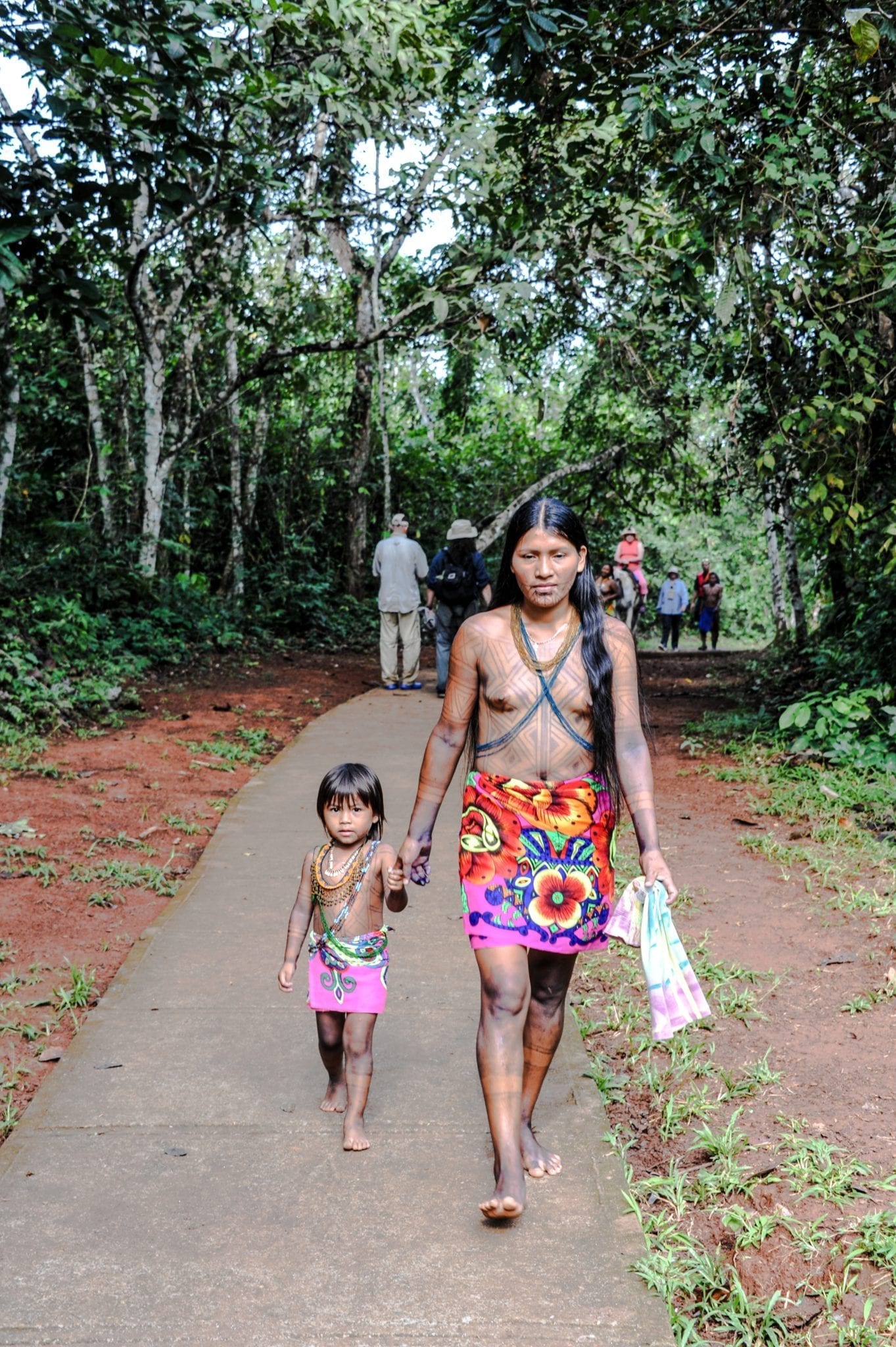 |
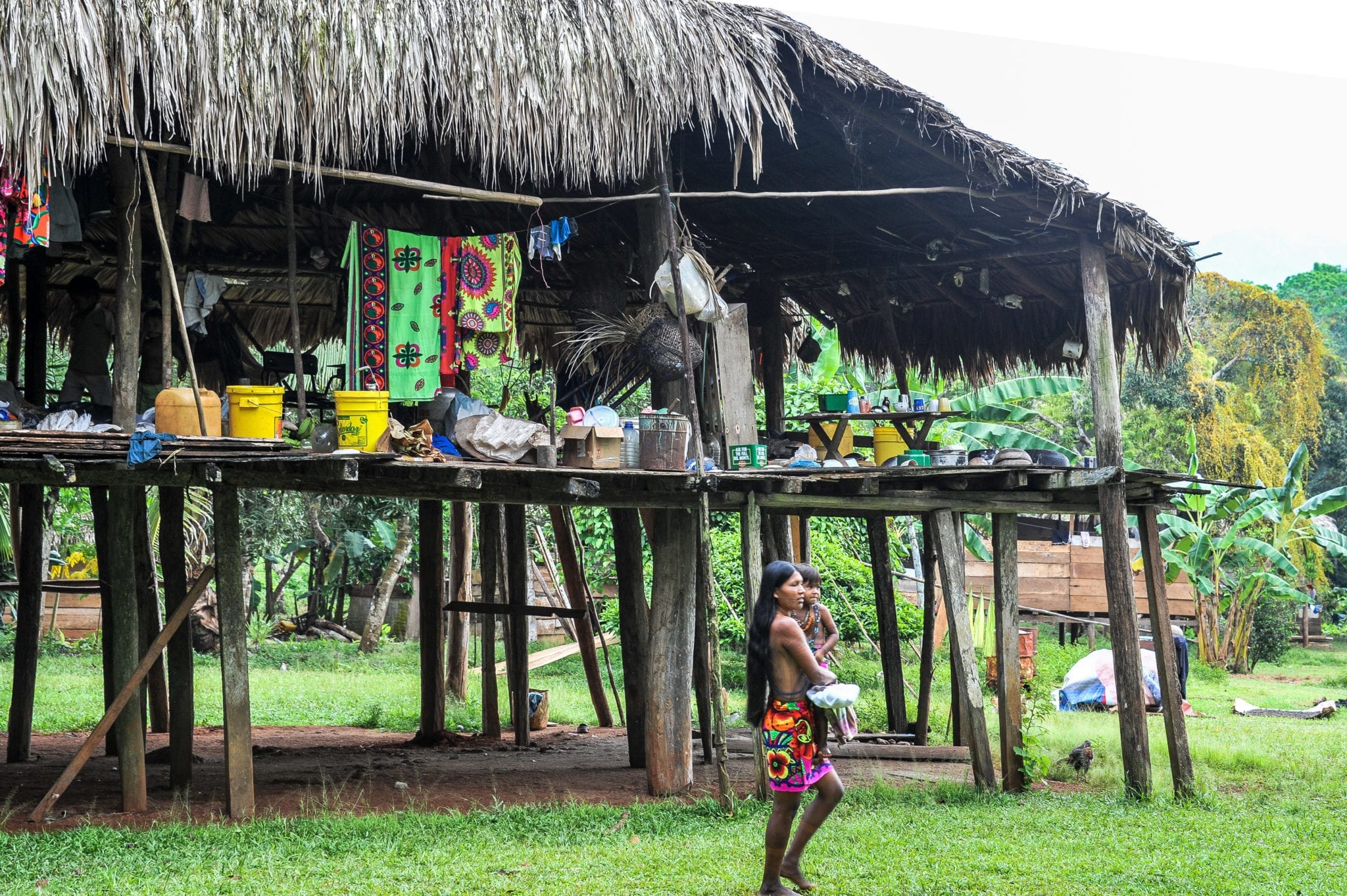 |
| Mother and child | Typical house |
 |
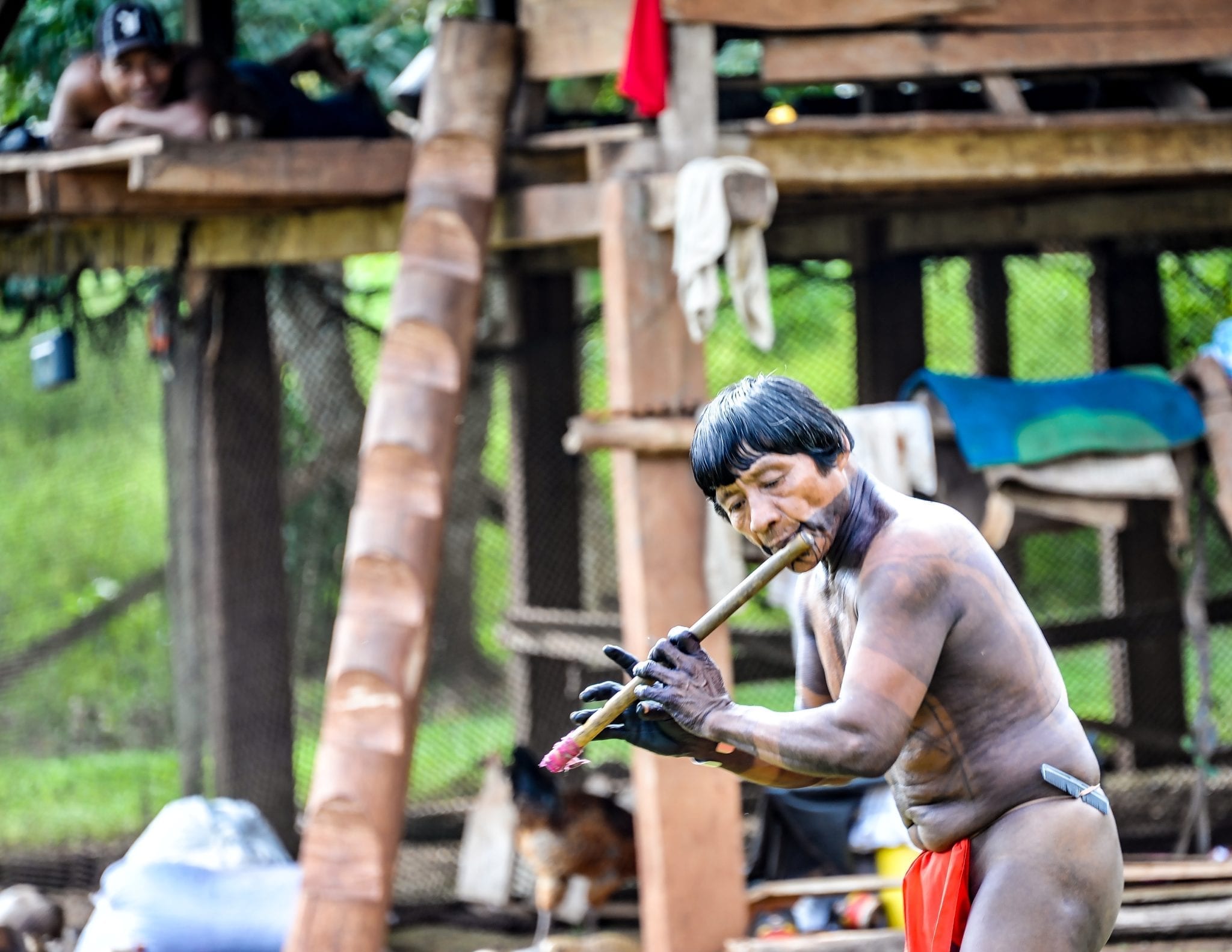 |
| Contemplation | Musician with native flute |
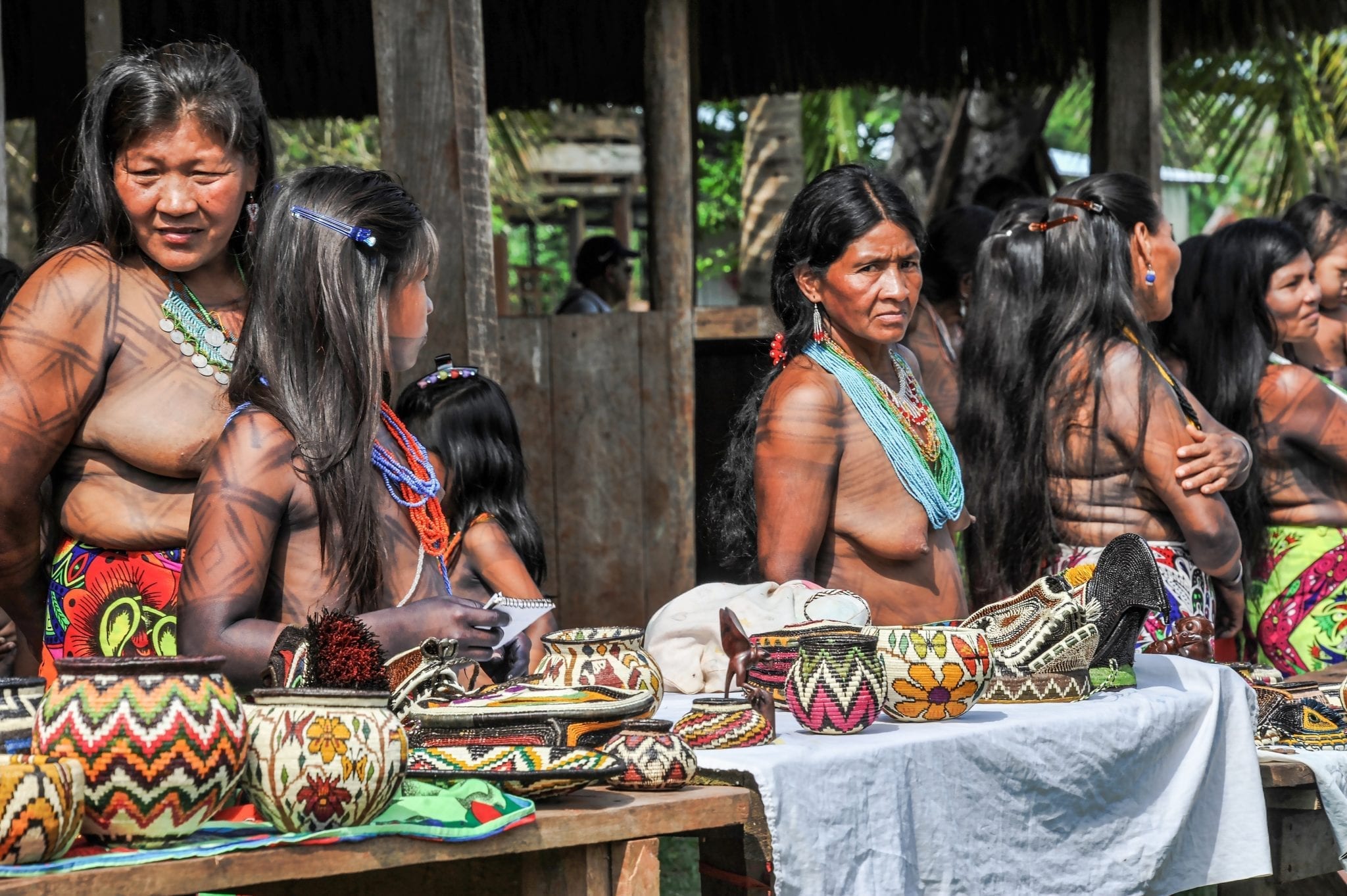 |
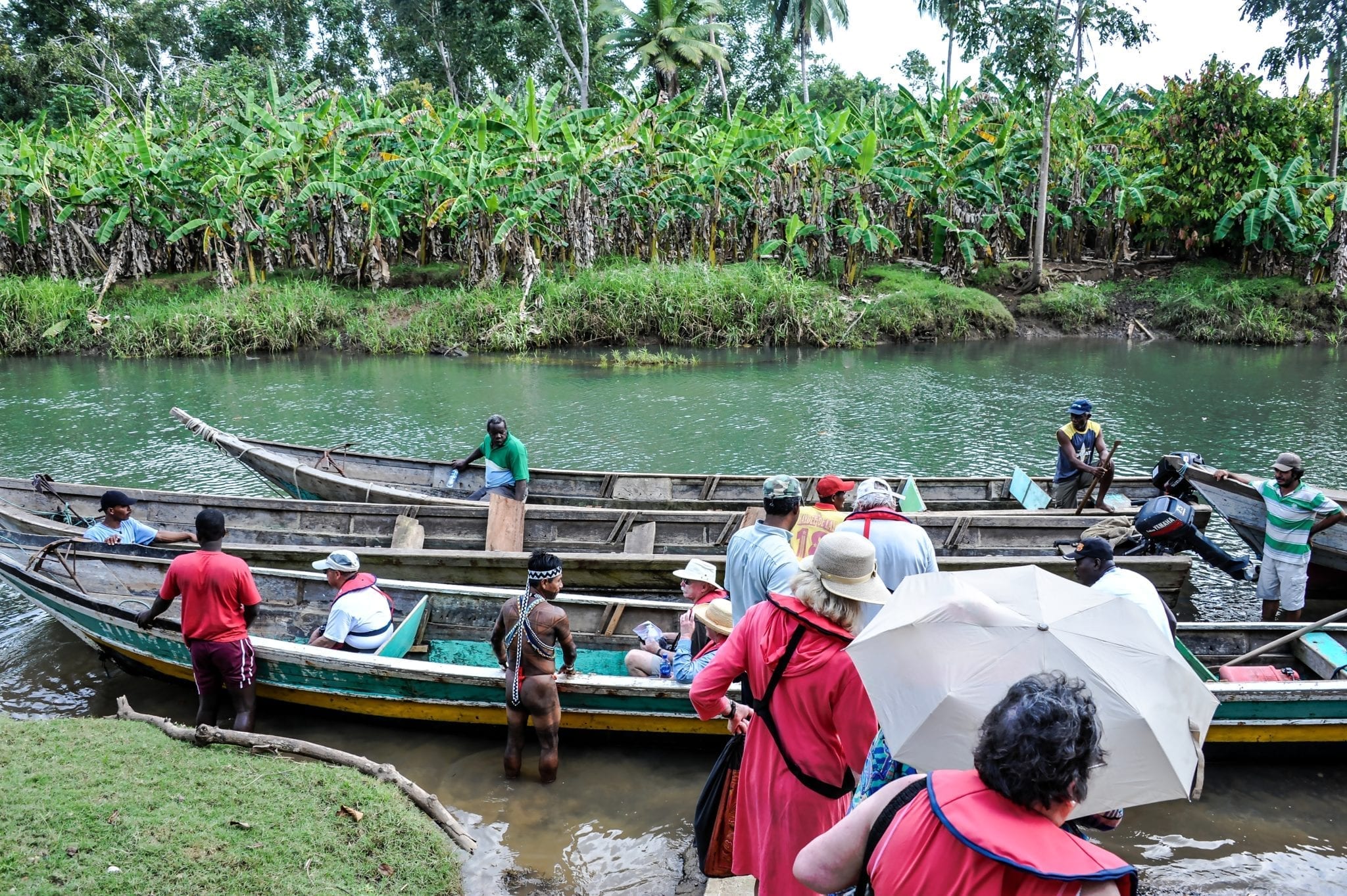 |
| “We make, you buy” | Our transportation |
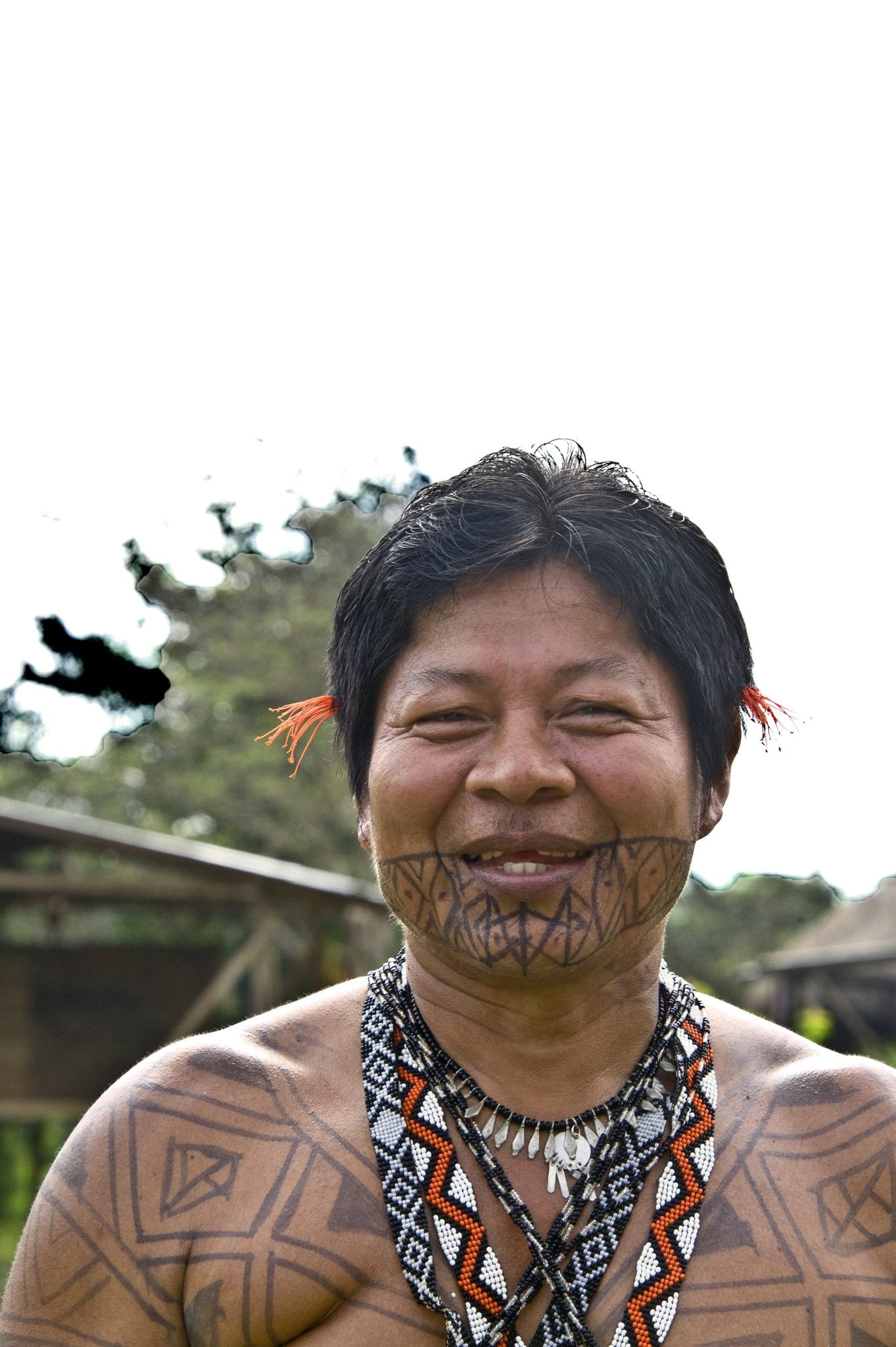 |
 |
| The mayor | The shaman |
Note: All images courtesy of the authors
LESLIE J. SANDLOW, MD, is Emeritus Professor of Internal Medicine and Medical Education at the UIC College of Medicine. He was a practicing gastroenterologist and served as Senior Vice President for Academic and Professional Affairs at Michael Reese Hospital. He also served as Senior Associate Dean for Academic and Education Affairs at UIC. He has been active in medical education for over fifty years and developed a continuum of programs in medical education from certificate programs to a doctoral program to prepare educators and physicians for active leadership roles in medical education. He has coordinated the development of an online core curriculum for medical and dental residents which is used at over twenty institutions across the United States.
GEORGE DUNEA, MD, Editor-in-Chief

Leave a Reply